Home>Gardening & Outdoor>Pool & Spa Care>How Long Does Hot Tub Last
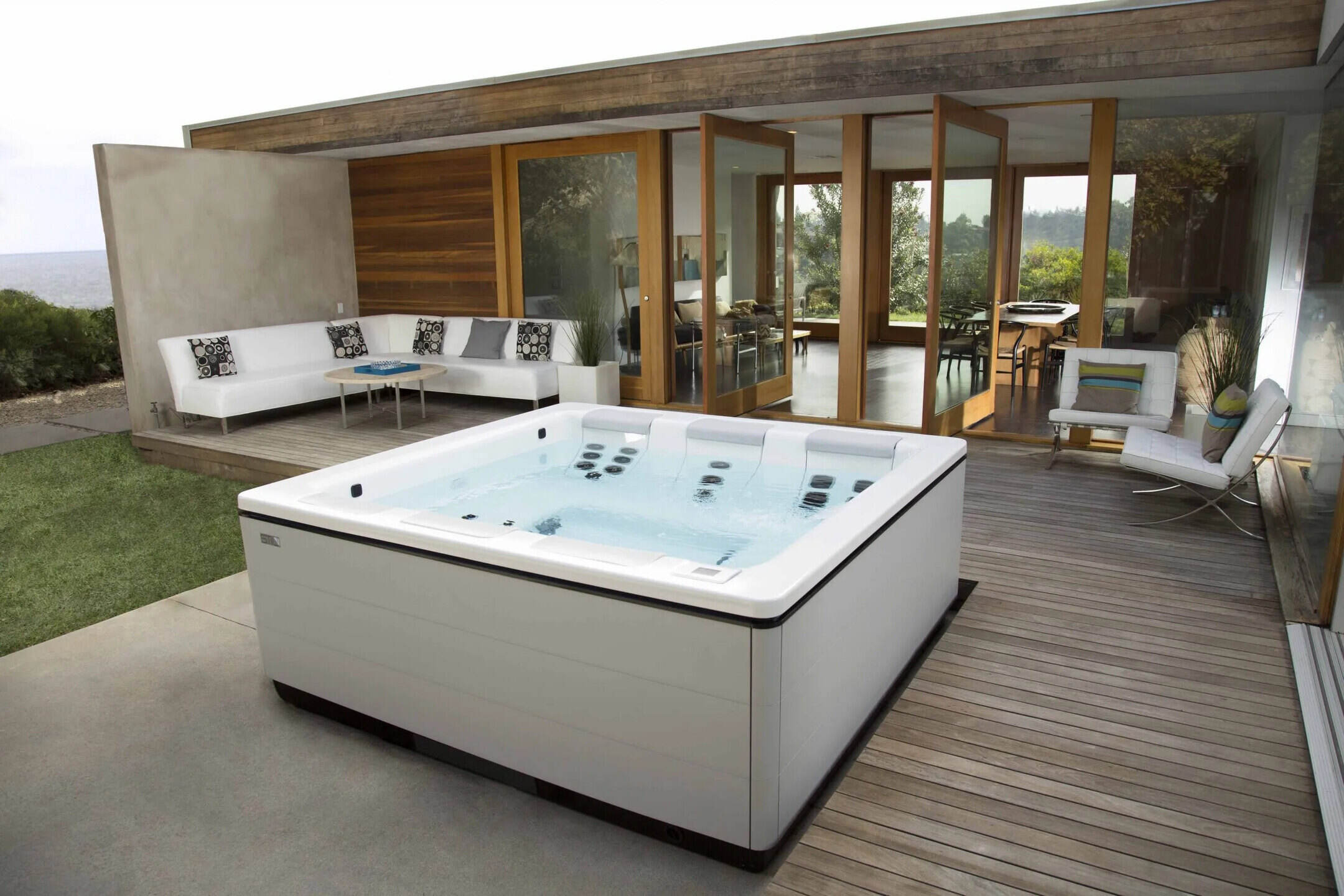

Pool & Spa Care
How Long Does Hot Tub Last
Modified: February 26, 2024
Learn how to extend the lifespan of your hot tub with expert pool and spa care tips. Discover how long hot tubs typically last and how to maximize their longevity.
(Many of the links in this article redirect to a specific reviewed product. Your purchase of these products through affiliate links helps to generate commission for Storables.com, at no extra cost. Learn more)
Introduction
Owning a hot tub is a luxurious addition to any home, providing relaxation, therapeutic benefits, and a gathering place for friends and family. However, like any significant investment, it's essential to understand the lifespan of a hot tub and the factors that can impact its durability. In this article, we'll explore the typical lifespan of a hot tub, the key factors that influence its longevity, maintenance and care tips to extend its lifespan, and the signs that indicate when it's time to consider a replacement.
Understanding the lifespan of a hot tub is crucial for both current owners and those considering purchasing one. By gaining insight into this topic, individuals can make informed decisions about their hot tub investment, ensure its proper maintenance, and recognize when it may be time to upgrade to a new model.
Let's dive into the factors that contribute to the lifespan of a hot tub and explore how proper care and maintenance can help you maximize its longevity.
Key Takeaways:
- Hot tub lifespan is influenced by material quality, installation, maintenance, and usage frequency. Proper care, including cleaning, water management, and component inspection, can extend its longevity for years of relaxation.
- Signs for hot tub replacement include structural damage, persistent leaks, outdated components, and decreased energy efficiency. Recognizing these signs ensures safety, functionality, and continued enjoyment of a new spa investment.
Read more: How Long Does A Hot Tub Cover Last
Factors Affecting Hot Tub Lifespan
Several key factors play a significant role in determining the lifespan of a hot tub. Understanding these factors can help hot tub owners make informed decisions and take proactive measures to extend the longevity of their investment.
- Quality of Materials: The quality of the materials used in the construction of a hot tub is a primary determinant of its lifespan. High-grade, durable materials, such as premium acrylic shells, stainless steel frames, and quality components, contribute to a longer lifespan.
- Installation and Location: Proper installation and the location of the hot tub are crucial. A well-installed hot tub, placed on a stable, level surface, and shielded from environmental elements, is likely to have a longer lifespan than one that is improperly installed or exposed to harsh conditions.
- Frequency of Use: The frequency of hot tub usage can impact its lifespan. Regular, moderate use with proper maintenance is ideal for the longevity of the tub, while excessive or irregular use without adequate care can lead to premature wear and tear.
- Maintenance and Care: Diligent maintenance and care practices, including water chemistry management, cleaning, and servicing, significantly influence the lifespan of a hot tub. Proper maintenance helps prevent damage, corrosion, and component deterioration.
- Climate and Environmental Factors: The climate and environmental conditions in which a hot tub is situated can affect its lifespan. Exposure to extreme temperatures, sunlight, moisture, and debris can impact the structural integrity and components of the hot tub.
- Quality of Water: The quality of the water used in the hot tub, including its pH balance, chemical levels, and filtration, plays a crucial role in preserving the tub's components and preventing corrosion and deterioration.
By considering these factors and taking proactive measures to address them, hot tub owners can optimize the lifespan of their investment and enjoy its benefits for years to come.
Maintenance and Care Tips
Proper maintenance and care are essential for maximizing the lifespan of a hot tub. By following these tips, hot tub owners can ensure that their investment remains in optimal condition, providing enjoyment and relaxation for years to come.
- Regular Cleaning: Clean the hot tub regularly to prevent the buildup of dirt, debris, and algae. Use a non-abrasive cleaner and a soft cloth to maintain the tub’s surface and ensure it remains free from contaminants.
- Water Chemistry Management: Regularly test the water chemistry and maintain proper pH levels, alkalinity, and sanitizer levels. Balanced water chemistry not only extends the lifespan of the hot tub but also ensures a safe and enjoyable soaking experience.
- Filter Maintenance: Clean or replace the hot tub’s filters according to the manufacturer’s recommendations. Proper filtration is crucial for removing impurities and preserving the integrity of the water and the tub’s components.
- Inspect and Maintain Components: Routinely inspect the hot tub’s components, including seals, jets, and electrical systems. Address any signs of wear, damage, or malfunction promptly to prevent further issues and extend the lifespan of the hot tub.
- Protective Cover: Use a high-quality, well-fitted cover to protect the hot tub from environmental elements, debris, and sunlight. A cover helps maintain water temperature, reduces energy consumption, and shields the tub from potential damage.
- Professional Servicing: Schedule regular professional servicing and maintenance checks with a qualified technician. Professional inspections and servicing can identify and address potential issues before they escalate, prolonging the lifespan of the hot tub.
- Proper Drainage and Refilling: Drain and refill the hot tub as recommended, following proper drainage procedures to prevent damage to the tub’s components and ensure the water remains fresh and clean.
- Winterization: If located in a region with cold winters, properly winterize the hot tub to protect it from freezing temperatures. Follow manufacturer guidelines for winterization to safeguard the tub during the off-season.
By incorporating these maintenance and care tips into their hot tub maintenance routine, owners can preserve the longevity of their investment and enjoy the benefits of a well-maintained, reliable hot tub.
Hot tubs can last anywhere from 5 to 20 years, depending on the quality of the materials, maintenance, and usage. Regular cleaning, proper chemical balance, and covering when not in use can help extend the lifespan of your hot tub.
Signs Your Hot Tub Needs Replacement
While proper maintenance and care can extend the lifespan of a hot tub, there may come a time when replacement becomes necessary. Recognizing the signs that indicate the need for a new hot tub is crucial for ensuring the safety, functionality, and enjoyment of the soaking experience.
- Structural Deterioration: Visible signs of structural deterioration, such as cracks, warping, or weakening of the tub’s shell or frame, may indicate the need for replacement. Structural integrity is essential for the safety and longevity of the hot tub.
- Persistent Leaks: Chronic or unrepairable leaks in the hot tub can be indicative of underlying issues that compromise its functionality. If leaks persist despite repair attempts, it may be time to consider a new hot tub.
- Outdated Components: If the hot tub’s components, such as pumps, heaters, or control systems, are outdated and no longer efficient or reliable, replacement may be a more cost-effective and practical option than extensive repairs.
- Decreased Energy Efficiency: A noticeable increase in energy consumption or decreased energy efficiency of the hot tub may signal that its components are no longer operating optimally. Upgrading to a more energy-efficient model can offer long-term savings and performance benefits.
- Safety Concerns: If safety concerns arise, such as electrical issues, malfunctioning controls, or compromised structural stability, it is essential to prioritize safety and consider replacing the hot tub to avoid potential hazards.
- Lack of Available Parts: Difficulty in sourcing replacement parts for an aging hot tub can hinder repairs and maintenance, making it impractical to prolong the lifespan of the tub. In such cases, replacement may be the most viable solution.
- Loss of Aesthetic Appeal: Significant wear and tear, fading, or discoloration of the hot tub’s surface may detract from its visual appeal and indicate the need for an upgrade to enhance the overall aesthetics of the spa area.
- Unsatisfactory Performance: If the hot tub no longer meets performance expectations, such as inadequate heating, poor water circulation, or inconsistent functionality, it may be time to invest in a new, more reliable model.
By recognizing these signs and assessing the overall condition and performance of the hot tub, owners can make informed decisions about replacing their hot tub when necessary, ensuring continued enjoyment and satisfaction with their spa investment.
Conclusion
Understanding the lifespan of a hot tub and the factors that influence its longevity is essential for both current owners and those considering investing in a spa. By recognizing the key factors affecting a hot tub’s lifespan, implementing proper maintenance and care practices, and being aware of the signs that indicate the need for replacement, individuals can make informed decisions to maximize the enjoyment and longevity of their hot tub.
Quality materials, proper installation, regular maintenance, and attentive care are pivotal in extending the lifespan of a hot tub. By investing time and effort into these essential aspects, hot tub owners can ensure that their spa remains a source of relaxation, therapeutic benefits, and enjoyment for years to come.
Recognizing the signs that signal the need for a new hot tub, such as structural deterioration, persistent leaks, outdated components, and decreased energy efficiency, empowers owners to prioritize safety, functionality, and overall satisfaction with their spa investment.
Ultimately, the lifespan of a hot tub is influenced by a combination of proactive maintenance, attentive care, and timely decision-making regarding repairs and replacement. By staying informed and proactive, hot tub owners can derive long-term value and pleasure from their investment, creating a relaxing retreat right in the comfort of their own home.
Whether you’re a current hot tub owner seeking to prolong the lifespan of your spa or someone considering investing in this luxurious addition, understanding the factors affecting a hot tub’s lifespan and implementing proper maintenance and care practices are essential for ensuring years of relaxation and rejuvenation in your personal oasis.
Frequently Asked Questions about How Long Does Hot Tub Last
Was this page helpful?
At Storables.com, we guarantee accurate and reliable information. Our content, validated by Expert Board Contributors, is crafted following stringent Editorial Policies. We're committed to providing you with well-researched, expert-backed insights for all your informational needs.
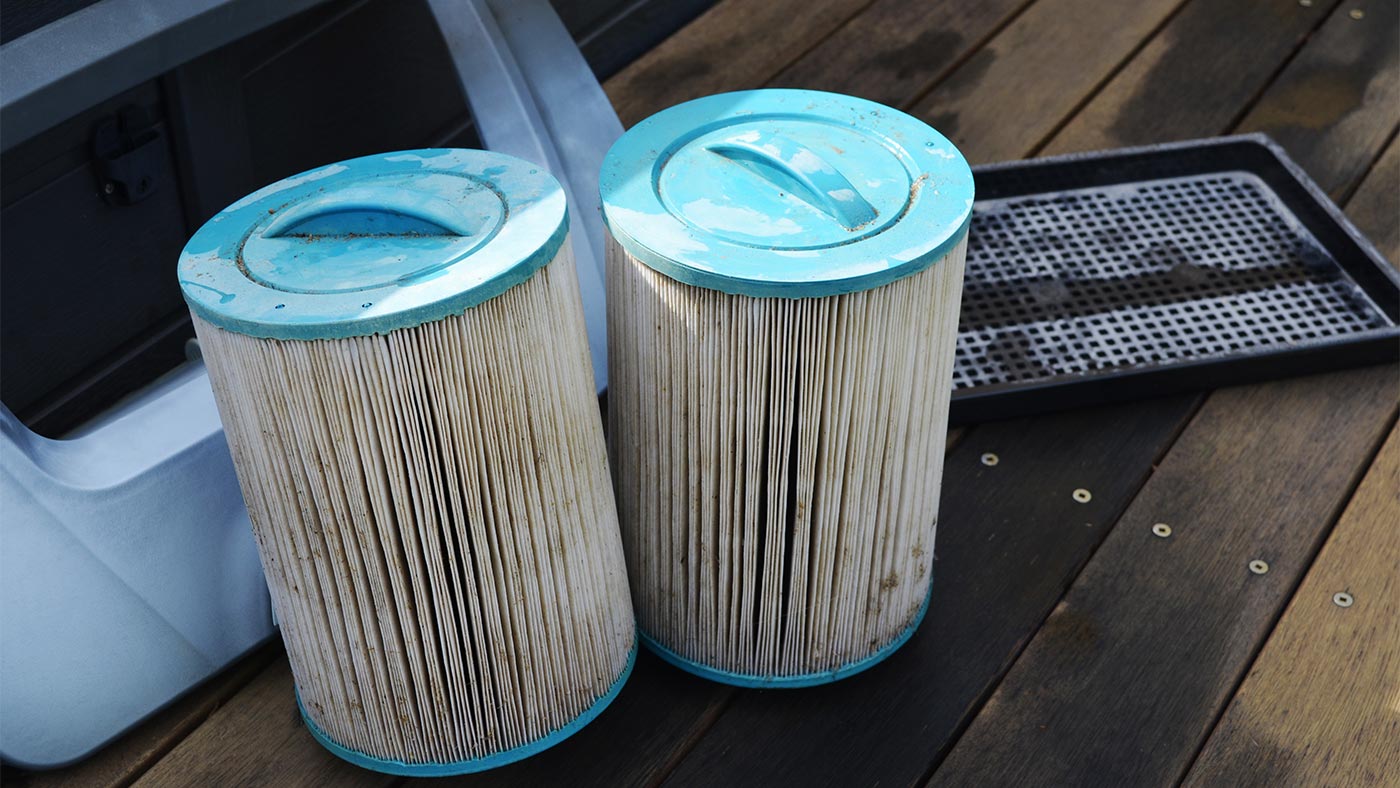

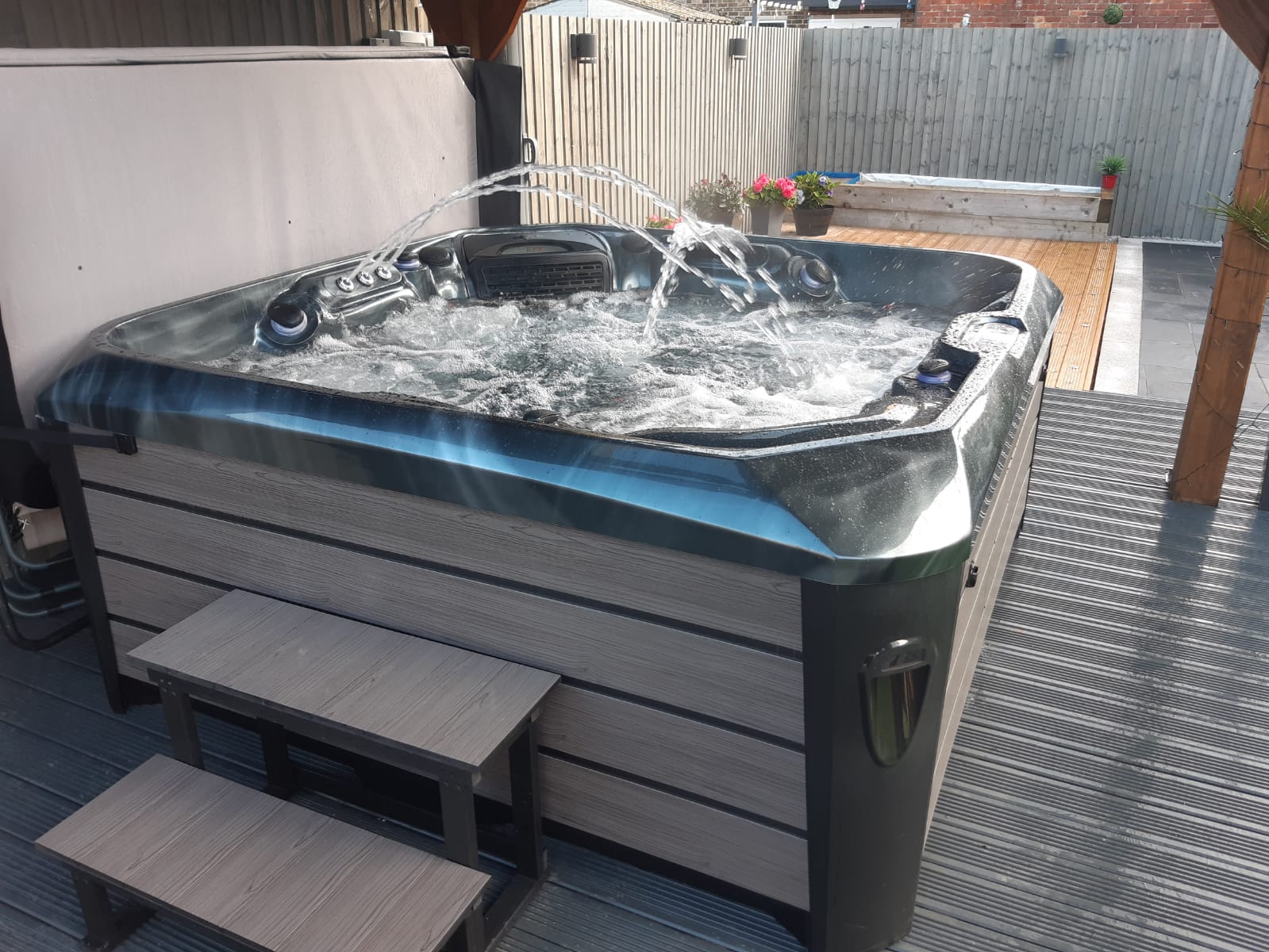
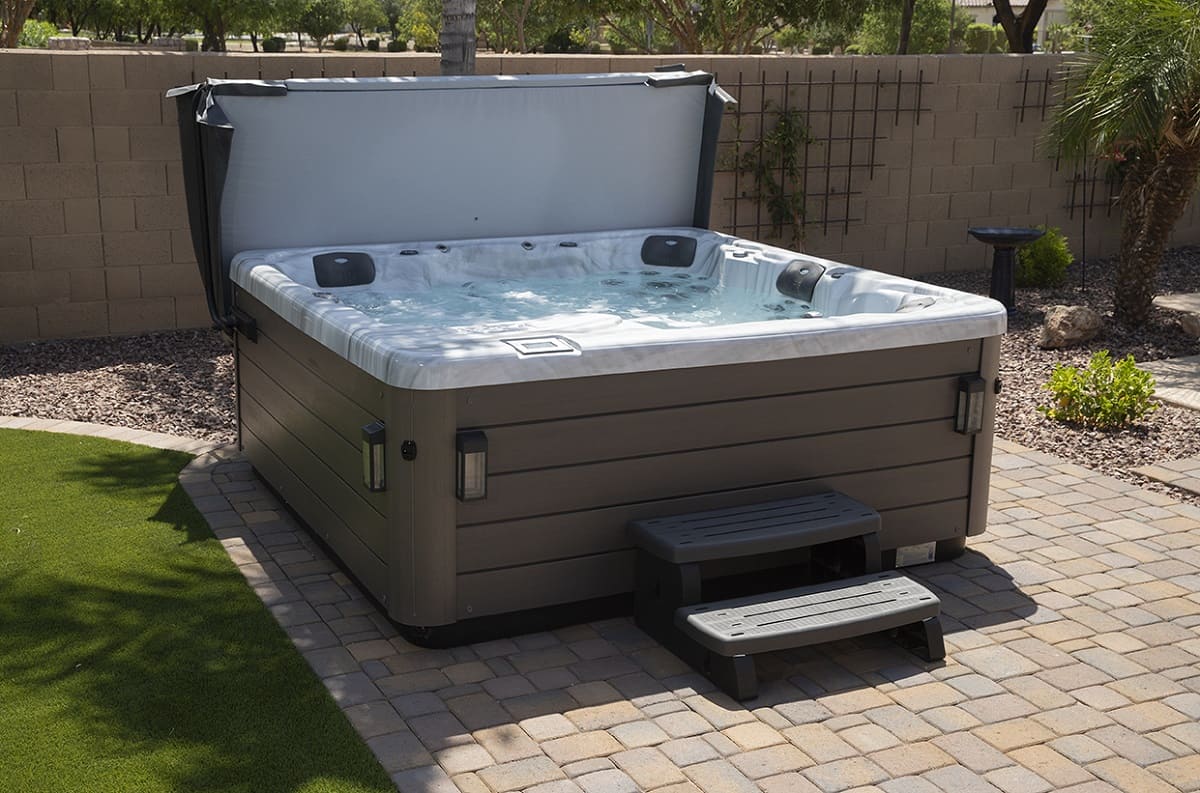
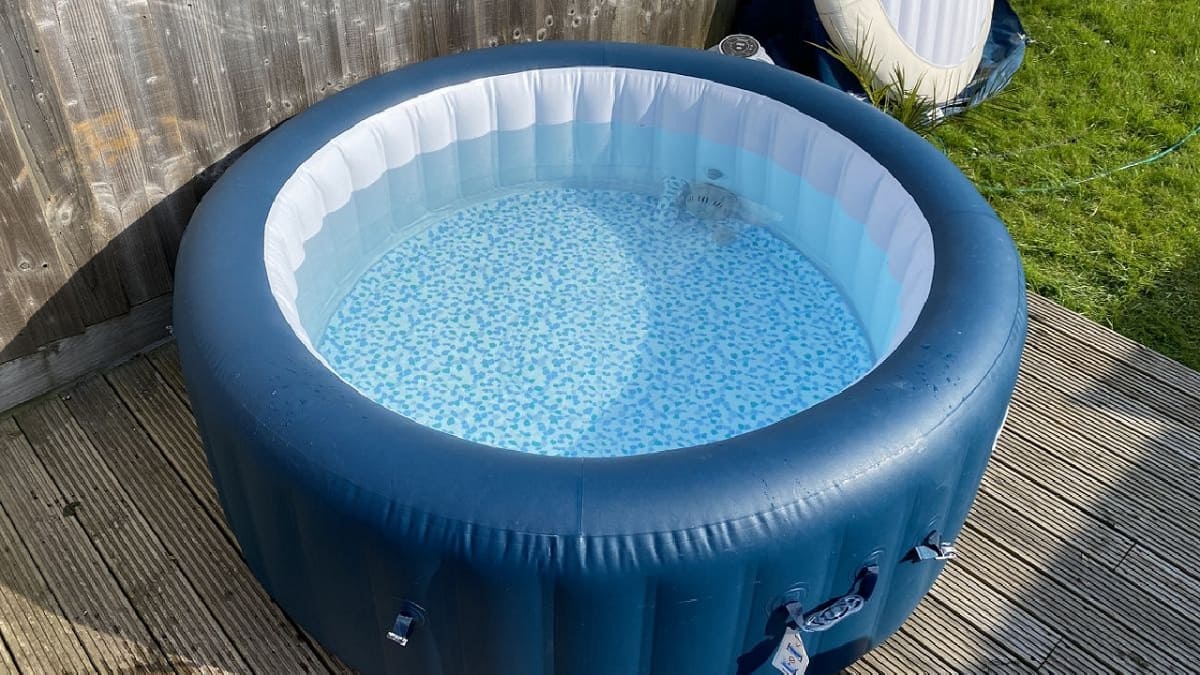
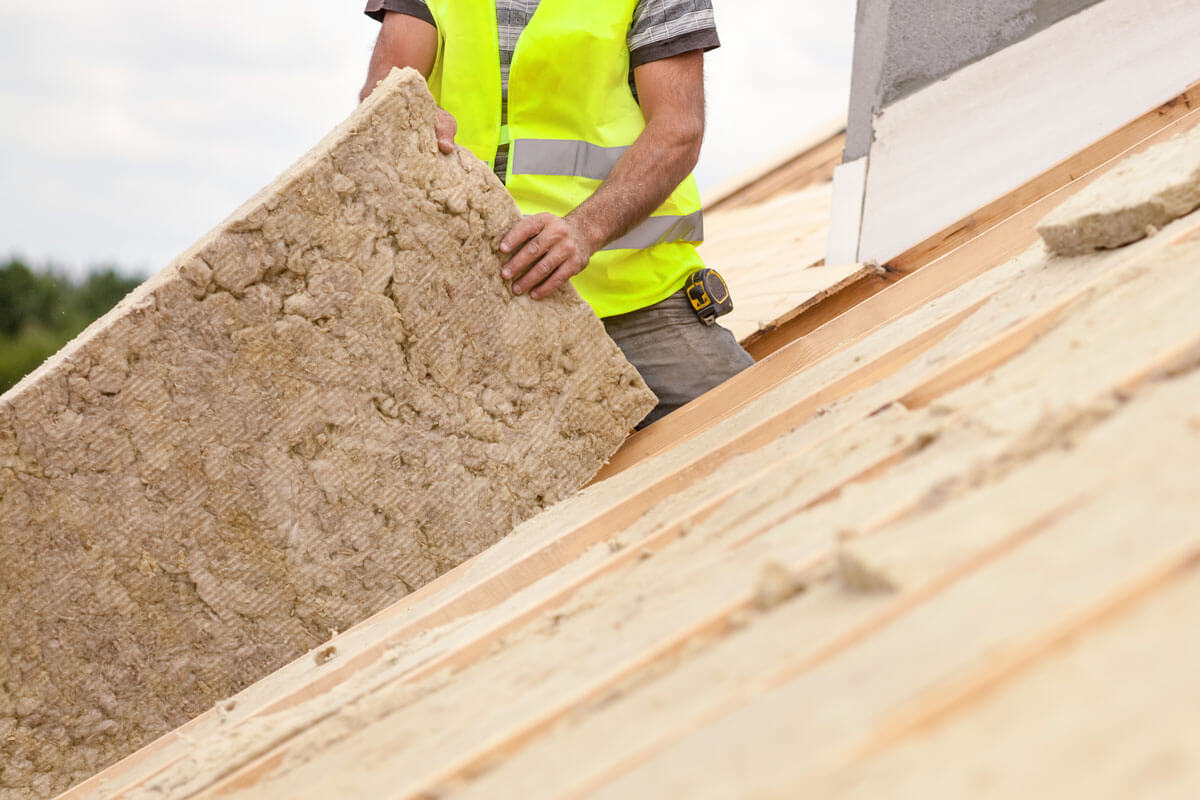
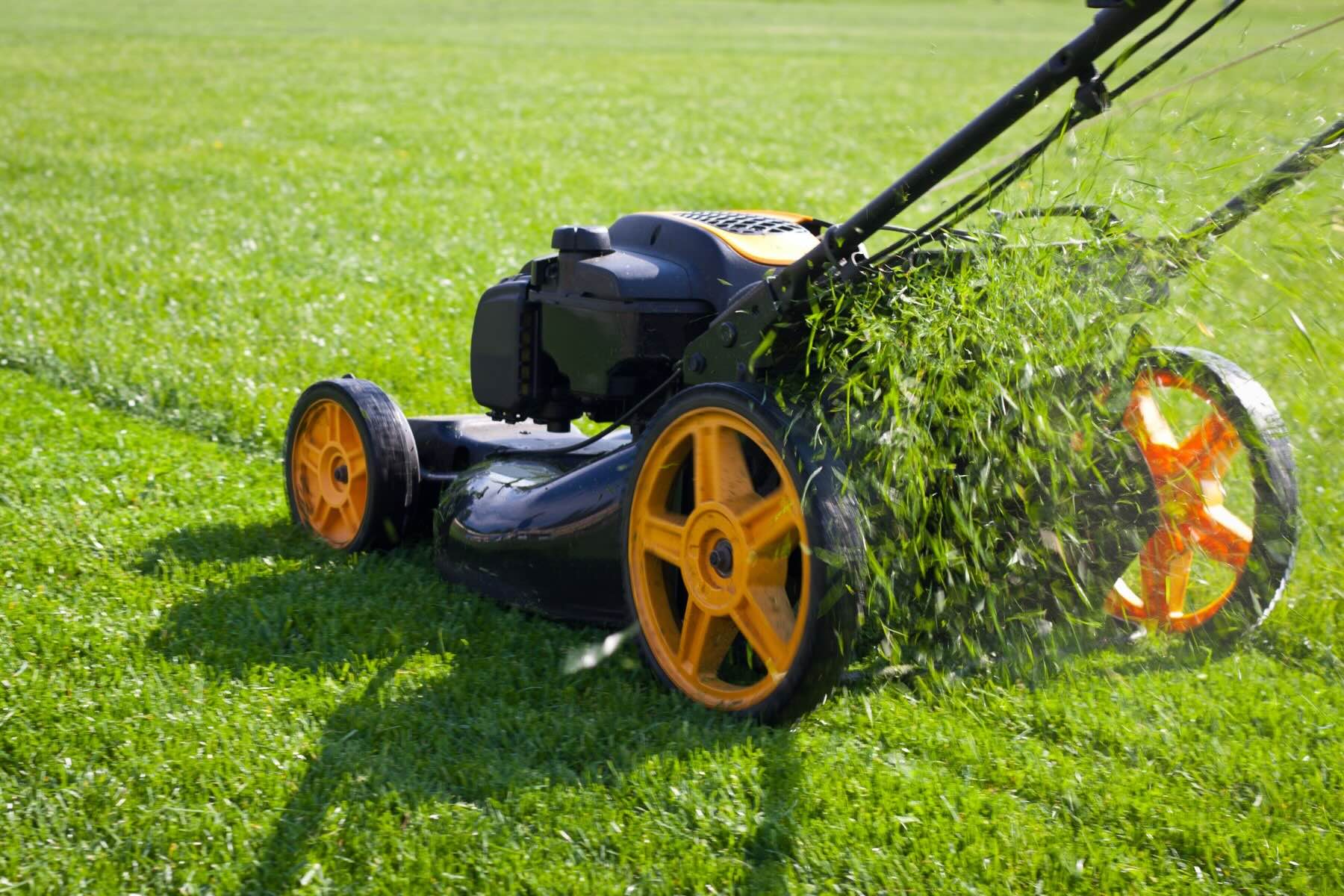
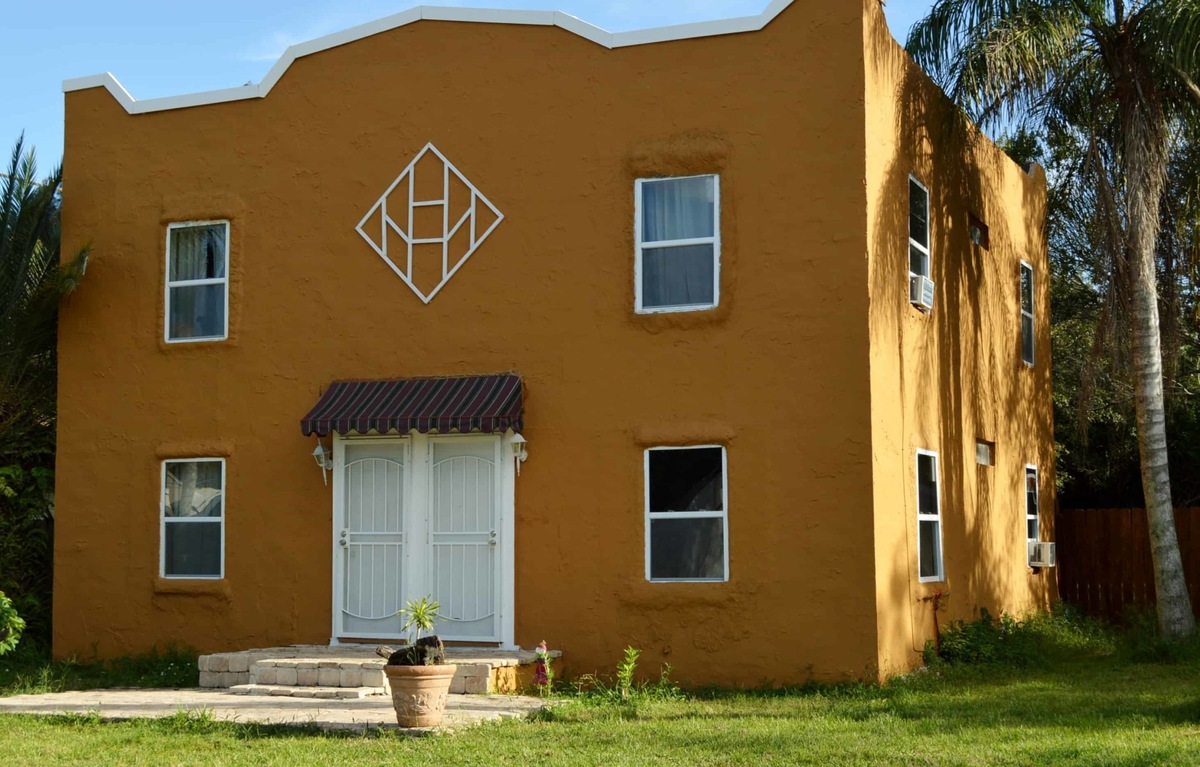
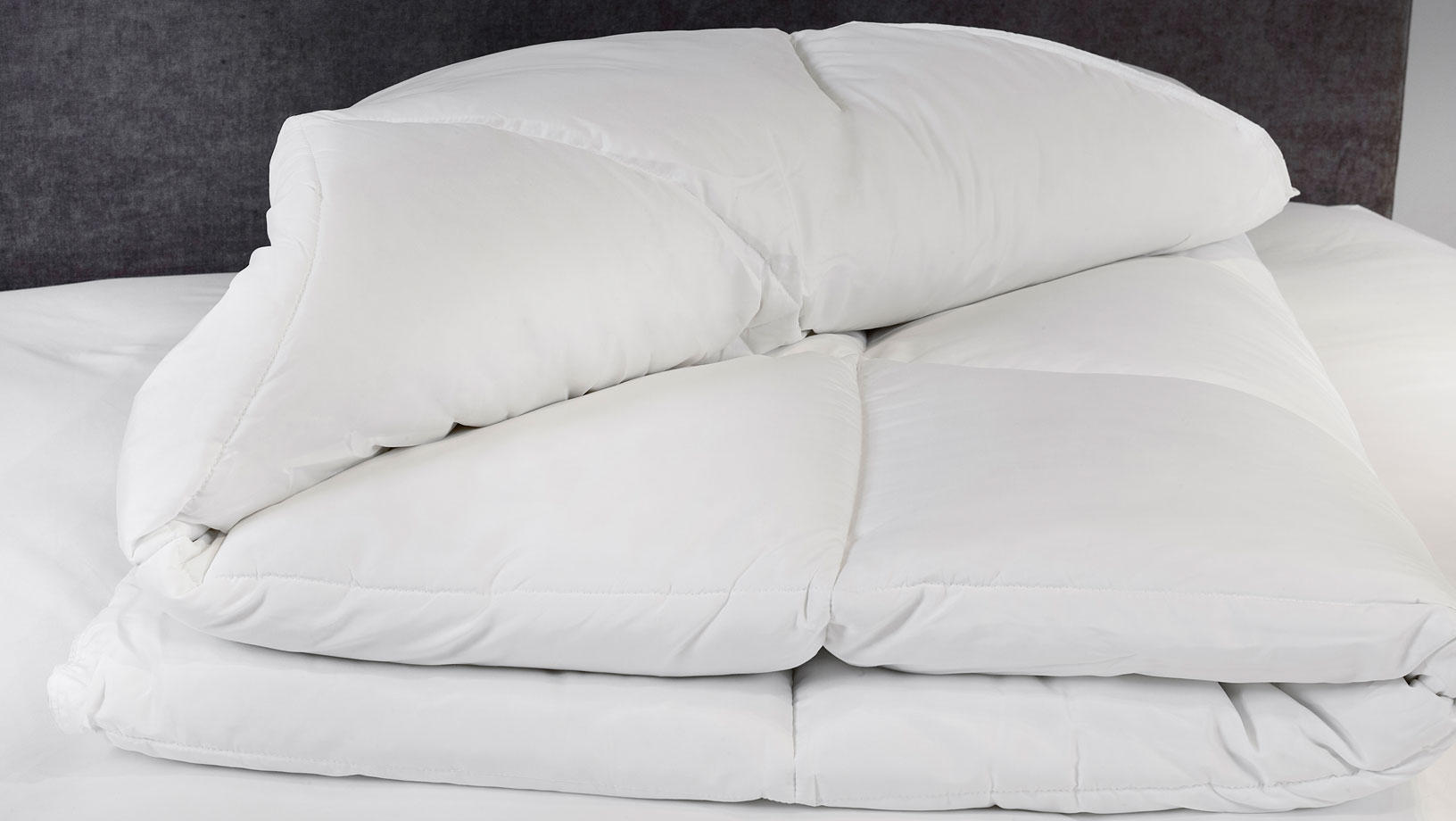

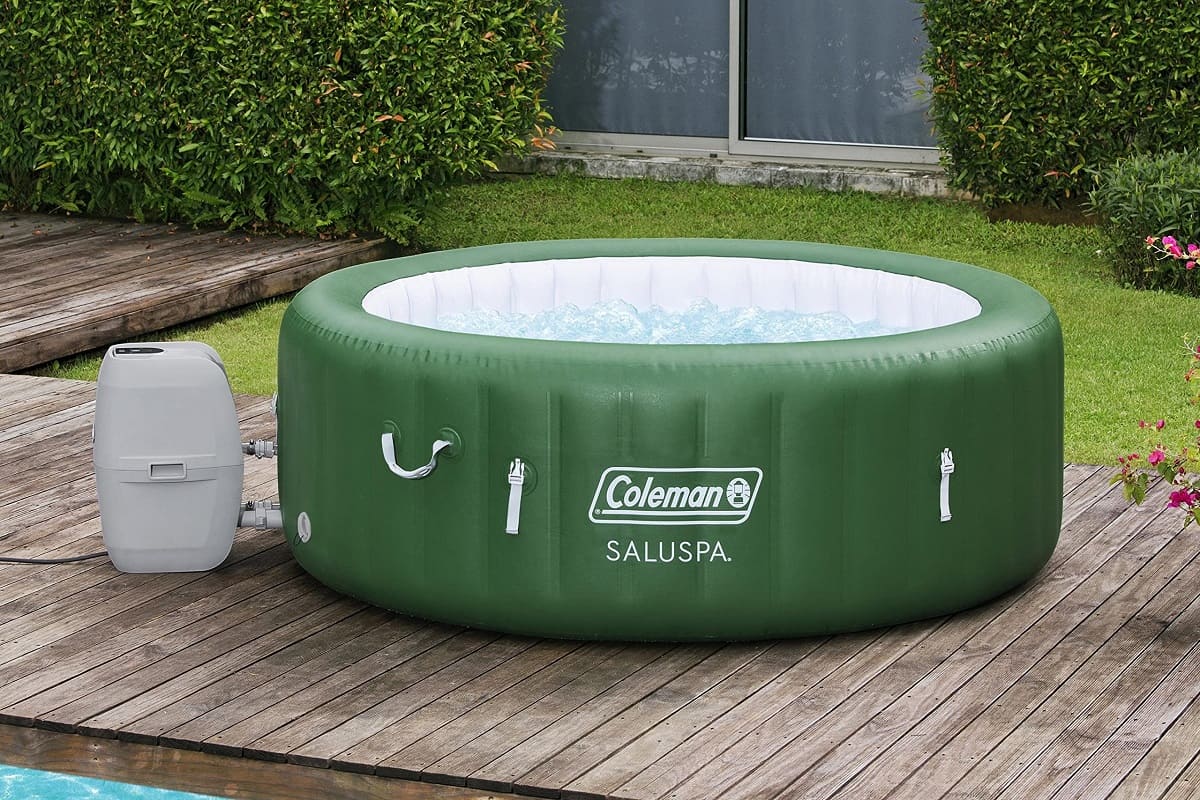
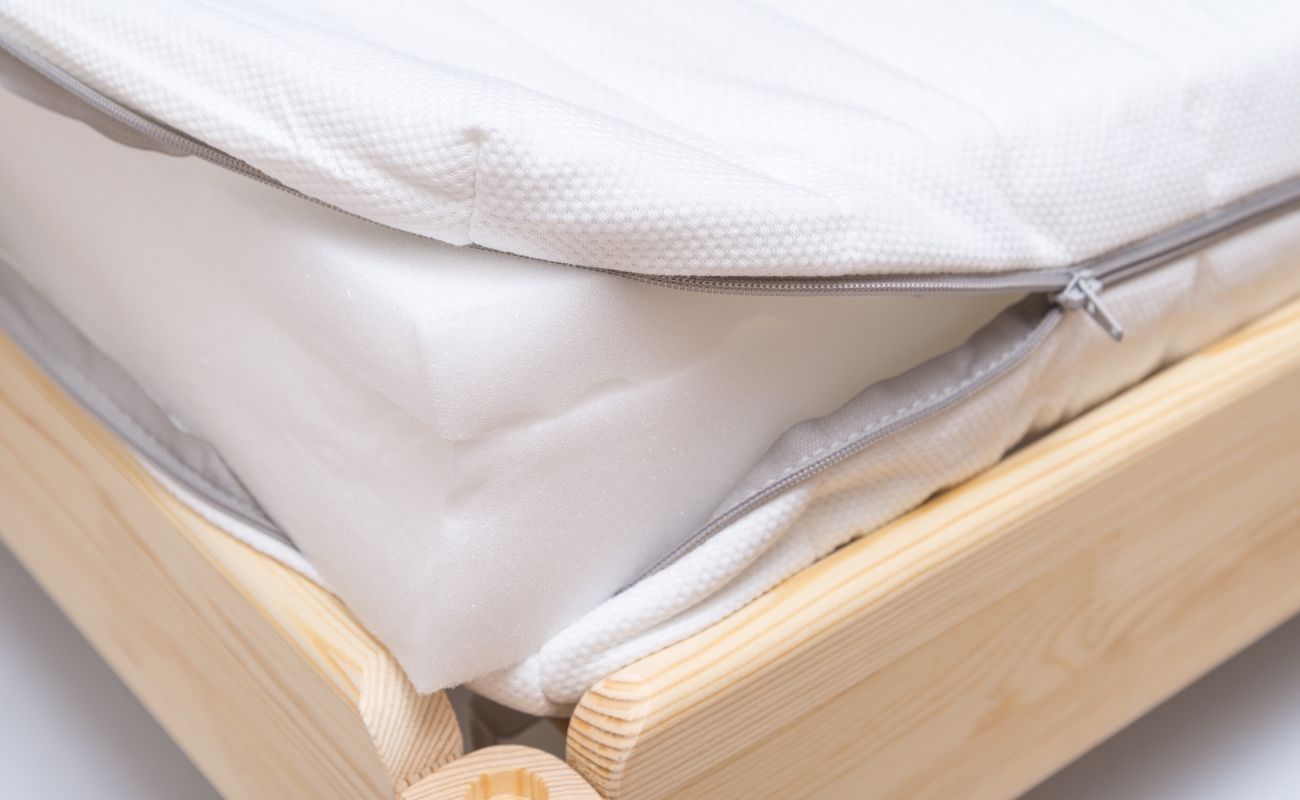
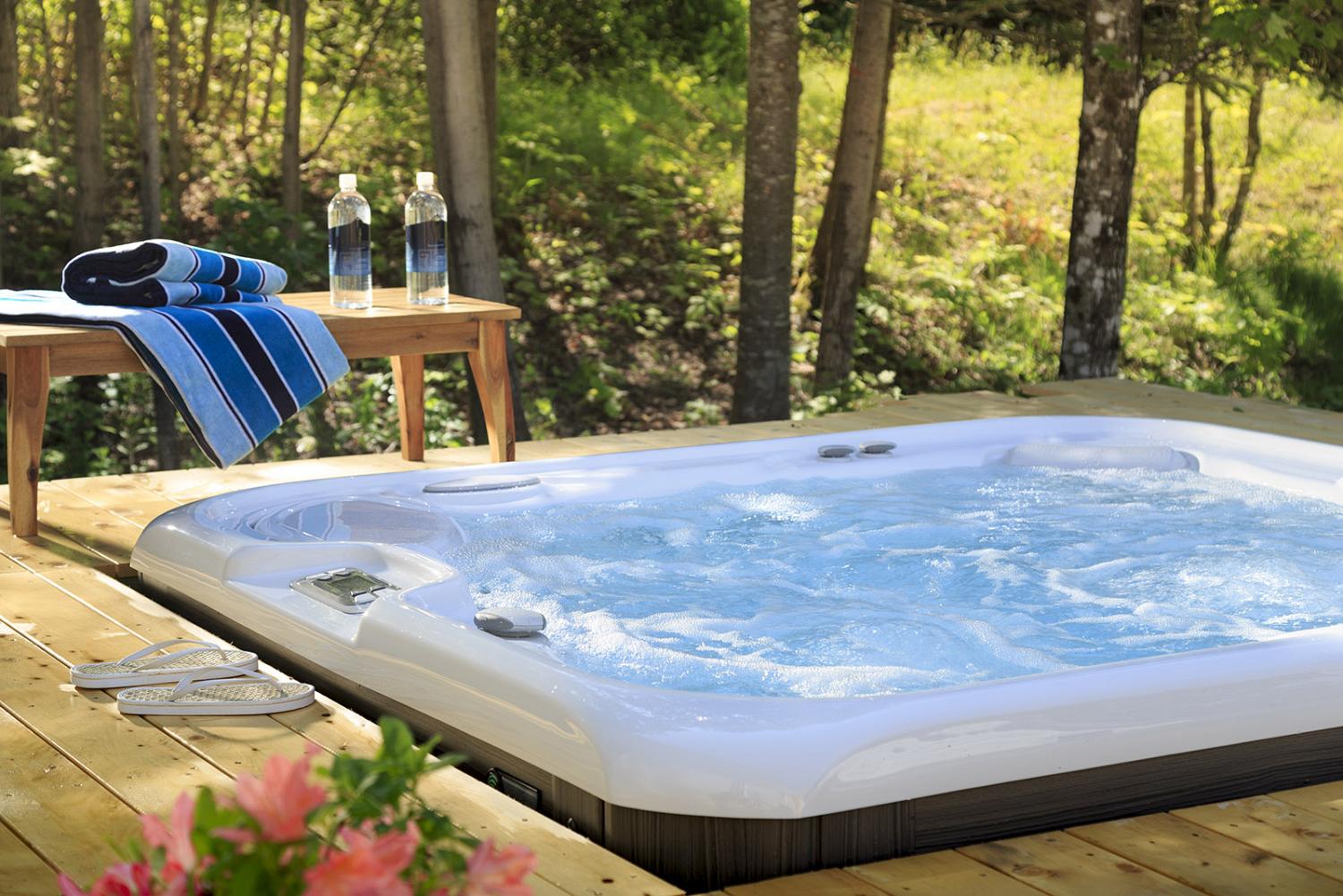
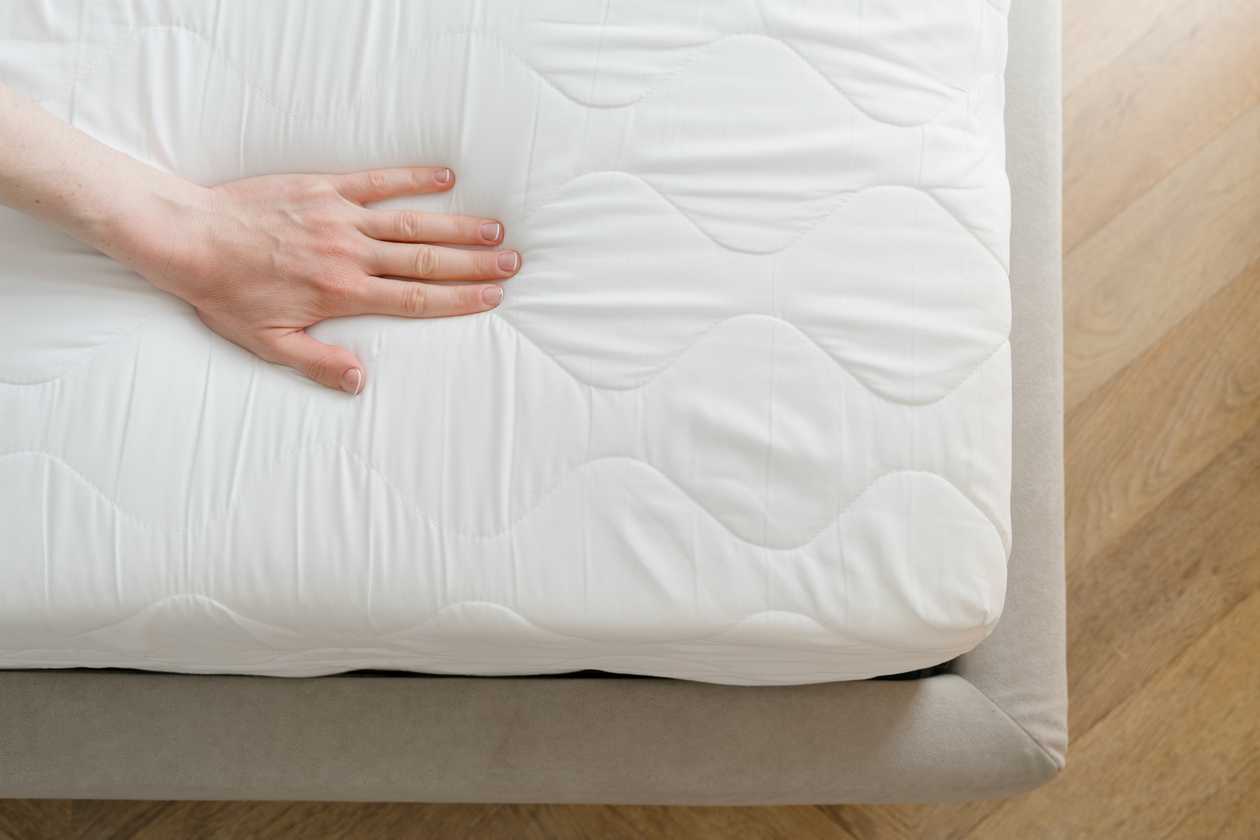
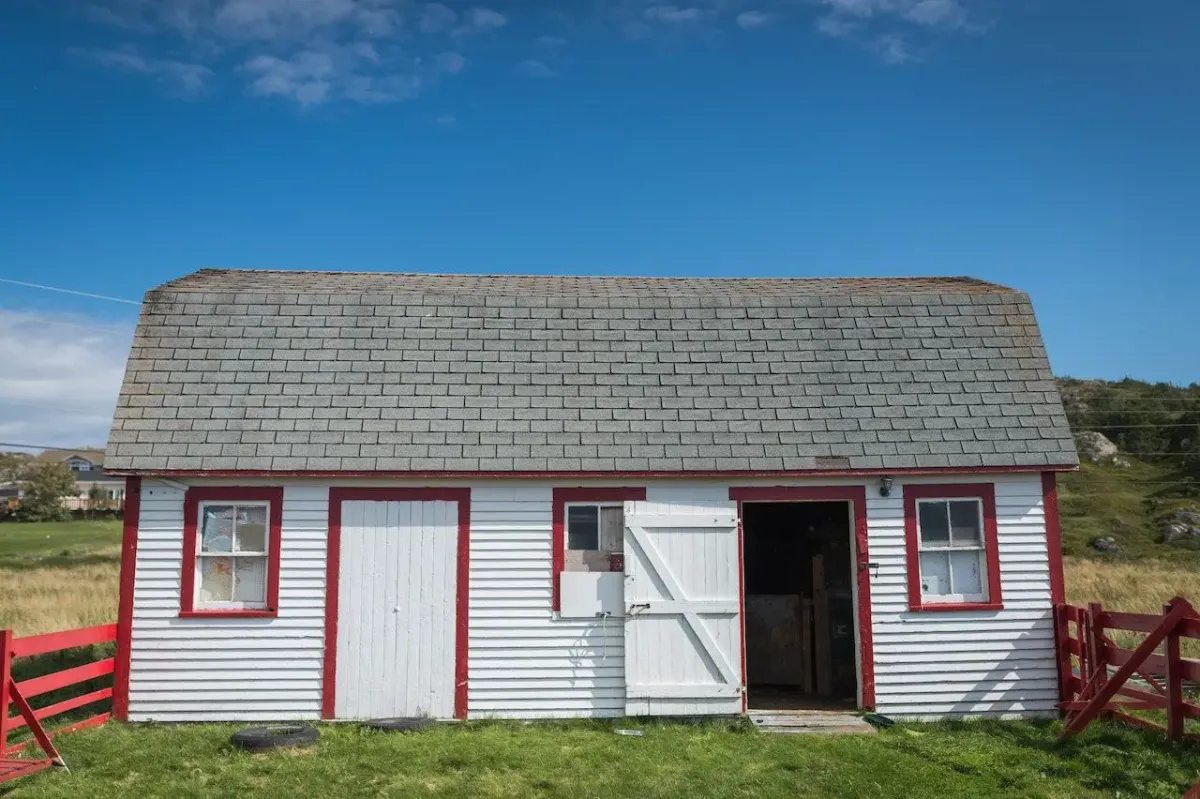

0 thoughts on “How Long Does Hot Tub Last”